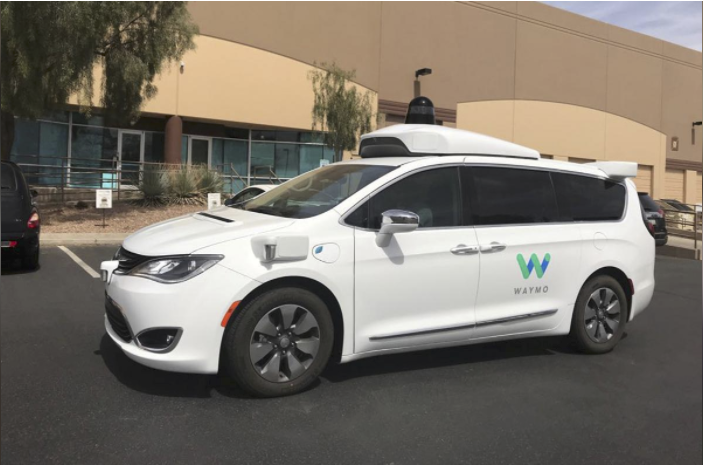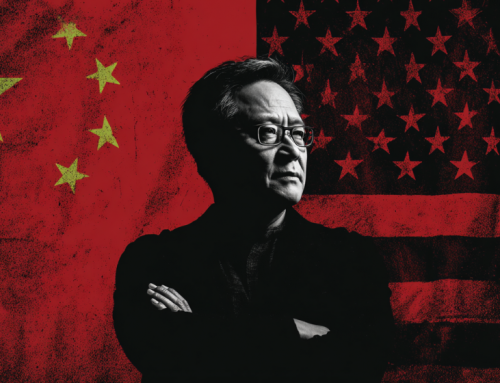
An image from the self-driving Uber car that killed a pedestrian in Tempe, AZ. Photo via Uber
Intel’s Mobileye Tech, Waymo Say Self-Driving Car Tech Needs Standards
In a swipe against Uber, the Intel Corporation released an image of its self-driving car system detecting a pedestrian much sooner than Uber’s under the same circumstances shown in a video provided by Tempe police after a fatal accident March 18. In addition, The New York Times reported Uber ‘s AI failed to perform up to expectations months earlier and human drivers frequently had to intervene, according to California regulators.

Amnon Shashua
The 49-year-old pedestrian, Elaine Herzberg, was killed when an autonomous Uber car failed to stop as she wheeled a bicycle across a street at night. The accident could have been prevented with better technology, Intel implied, noting that its software detected the pedestrian a second before impact. Intel Vice President and Mobileye CEO Amnon Shashua posted on the Intel website about the company’s quality technology, based on superior sensing abilities.
Intel uses technology from Mobileye, an Israeli supplier of computer vision technology and advanced driver assistance systems, which it bought last year. The technology had been in development and testing for 15 years.
It is the high-accuracy sensing systems inside ADAS that are saving lives today, proven over billions of miles driven,” Shashua wrote. “It is this same technology that is required, before tackling even tougher challenges, as a foundational element of fully autonomous vehicles of the future.”

Waymo claims it’s line of autonomous vehicles would have avoided hitting the pedestrian if faced with a similar situation.
Another tech company, Waymo, also asserted that its system would have responded better than Uber’s, according to a Reuters story quoting Waymo CEO John Krafcik.
“At Waymo, we have a lot of confidence that our technology would be able to handle a situation like that,” Krafcik said, referring to a scenario in which a pedestrian crosses the street at night.
Shashua said he thinks now is the time to establish standards for such systems before self-driving cars are on the road for good.







Leave A Comment